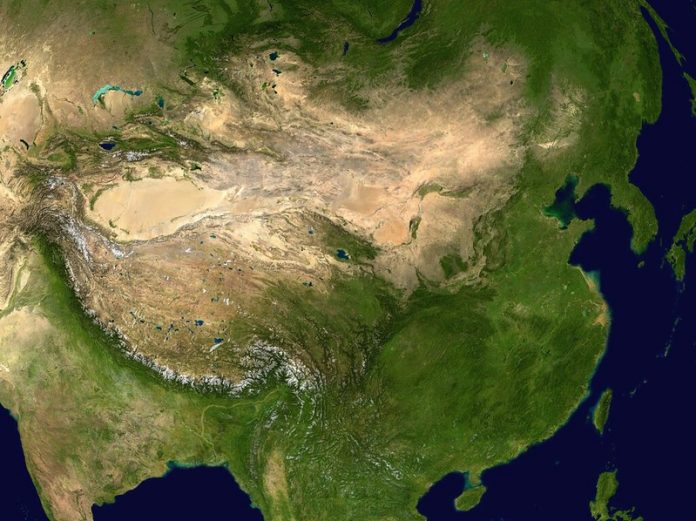China’s Ministry of Industry and Information Technology (MIIT) appears set to bring the dramatic production capacity expansions announced by solar companies in recent times to a grinding halt by raising solar panel quality standards.
The MIIT has put out for consultation a draft document recommending the authorities demand all new monocrystalline solar cells have a conversion efficiency of at least 23%, with a figure of 20% suggested for monocrystalline modules made up with them.
With industry-standard mono Perc cell efficiencies in China currently sitting at around 22.4-22.7%, the grandiose production strategies which have been a feature of the Chinese solar manufacturing sector since last year would be likely to disappear overnight.
The proposed policy has yet to be adopted into law and would not be applied retrospectively but if it is promulgated, it would rein in production capacity announcements which have added up to around 100 GW of new production lines this year alone. Most of that RMB100 billion-plus ($14.1 billion) capacity relates to mono Perc output which currently only has to meet solar standards introduced in 2018, which call for mono cells to have 21% efficiency and modules to be 17.8% efficient.
Oversupply
In terms of multicrystalline products, the MIIT has suggested minimum conversion efficiencies of 20% for cells and 17.8% for panels, up from the current 19% and 17%, respectively.
The proposed minimum efficiency standards are among nine recommended measures for consultation and sit alongside new requirements related to project location and layout; other technology specifications; energy and resource cost control; production automation and intelligence; green manufacturing; environmental protection; quality management; safety, health and social responsibility; and supervision and inspection.
The government is already facing up to significant oversupply in the solar market next year, with production capacity expansions combining with falling demand for PV prompted by the Covid-19 pandemic.
Although next-generation solar technologies such as Perc+, Topcon, HJT and IBC cells and modules would be able to exceed the proposed new quality standards, the cost of developing production facilities for such cutting-edge products is likely to limit the amount the major manufacturers would be prepared to invest in their roll-out, certainly compared to the plans announced of late for cheaper mono Perc production lines.






